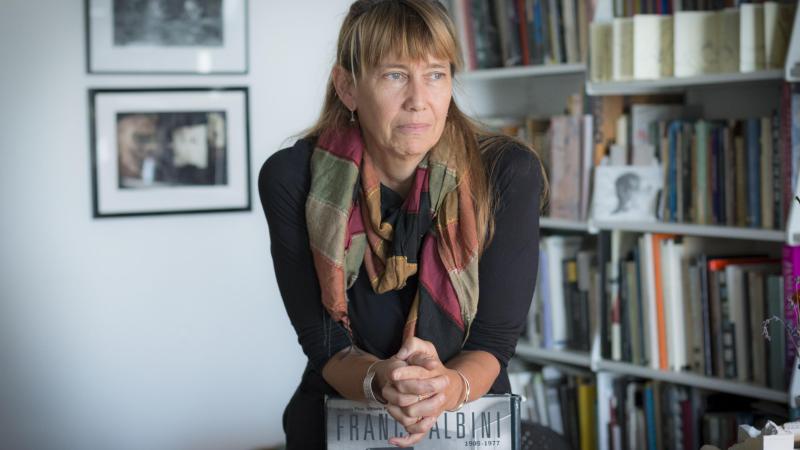Kay Bea Jones Publishes Volume on Franco Albini
Knowlton School Associate Professor of Architecture Kay Bea Jones has published Franco Albini: Suspending Modernity (Ashgate, 2014).
From the publisher’s website:
Franco Albini’s works of architecture and design, produced between 1930 and 1977, have enjoyed a recent revival but to date have received only sporadic scholarly attention from historians and critics of the Modern Movement. A chorus of Italian voices has sung his praises, none more eloquently than his protégé, Renzo Piano. Kay Bea Jones’ illuminating study of selected works by Studio Albini will reintroduce his contributions to one of the most productive periods in Italian design.
“Suspending Modernity follows the evolution of Albini’s most important buildings and projects, even as they reveal his apprehensive attitudes about the modern condition. Jones argues here that Albini’s masterful use of materials and architectural expression mark an epic paradigm shift in the modern period.
Reviewing the volume on the ACSA website, Katerina Ruedi Ray states:
In Franco Albini: Suspending Modernity, the first English book-length examination of Albini’s work, Kay Bea Jones presents a strong argument for Albini’s importance not only to Italian modernism but also to that of the Americas, including architects as different as Philip Johnson, Louis Kahn, and Lina Bo Bardi. Richly illustrated and based on extensive archival research, original drawings, diagrams, and writings of key twentieth-century scholars, the book explores a broad range of buildings and projects by Studio Albini, proposing that Albini changed how modernist Italian architects and designers thought about space, technology, and tradition…
Franco Albini: Suspending Modernity, visually compelling and written in accessible language, will be a valuable resource for scholars, students, architects, and others interested in Italian modernism. It will find an eager readership in Italy, Europe, and internationally and will add a perceptive voice not only to the study of twentieth-century Italian architecture but also to the ongoing task of revising the history of architectural modernism.


